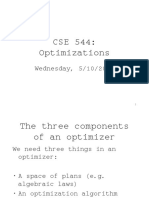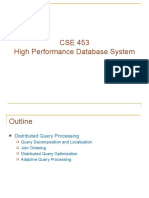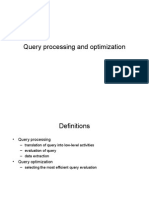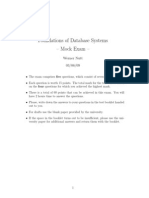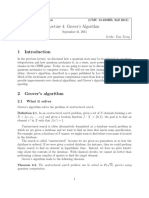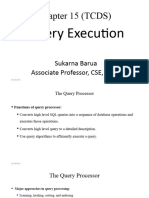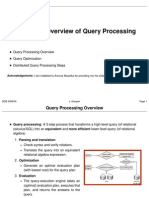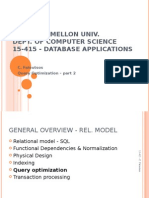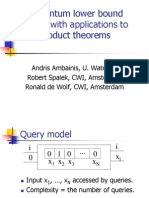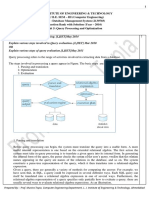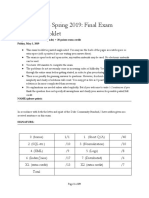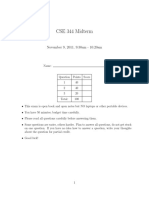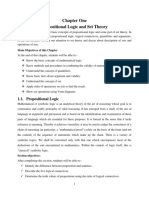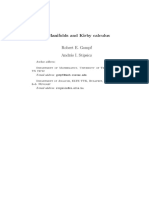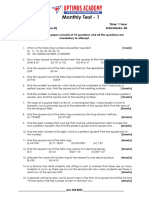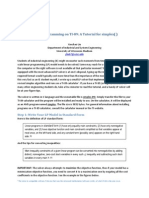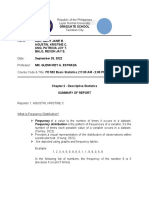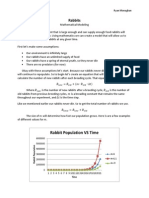0% found this document useful (0 votes)
46 views27 pagesLecture09 Optimization Structural
The document discusses conjunctive queries (CQs) in databases, including definitions and examples of different types of CQs, extensions to CQs, and the complexity of query evaluation. It also covers semi-join reductions, which can optimize query evaluation by reducing the size of relations using semijoins, and the Yannakakis algorithm for efficiently evaluating acyclic CQs.
Uploaded by
MirandaCopyright
© © All Rights Reserved
We take content rights seriously. If you suspect this is your content, claim it here.
Available Formats
Download as PDF, TXT or read online on Scribd
0% found this document useful (0 votes)
46 views27 pagesLecture09 Optimization Structural
The document discusses conjunctive queries (CQs) in databases, including definitions and examples of different types of CQs, extensions to CQs, and the complexity of query evaluation. It also covers semi-join reductions, which can optimize query evaluation by reducing the size of relations using semijoins, and the Yannakakis algorithm for efficiently evaluating acyclic CQs.
Uploaded by
MirandaCopyright
© © All Rights Reserved
We take content rights seriously. If you suspect this is your content, claim it here.
Available Formats
Download as PDF, TXT or read online on Scribd
/ 27









